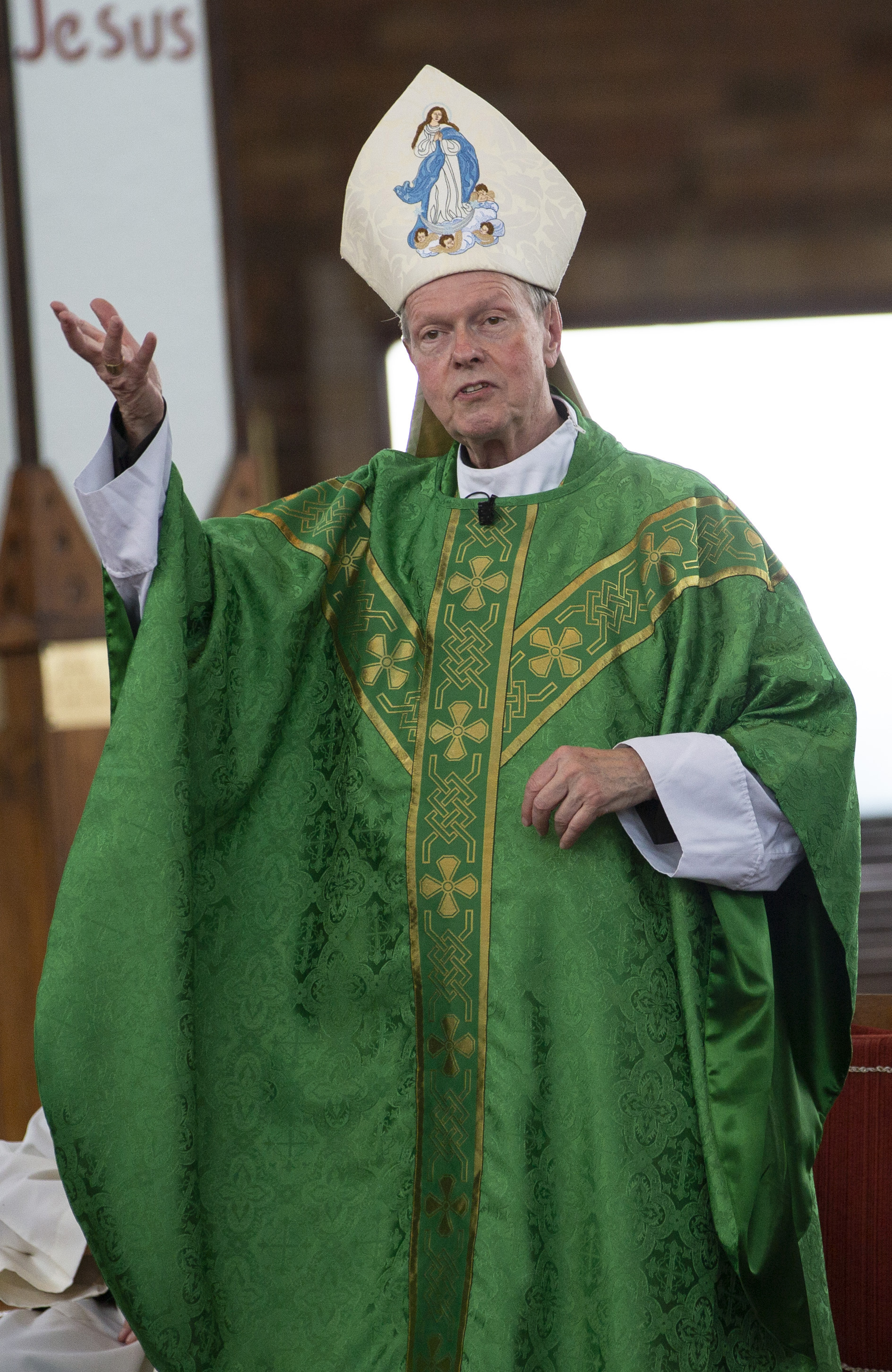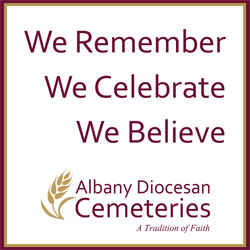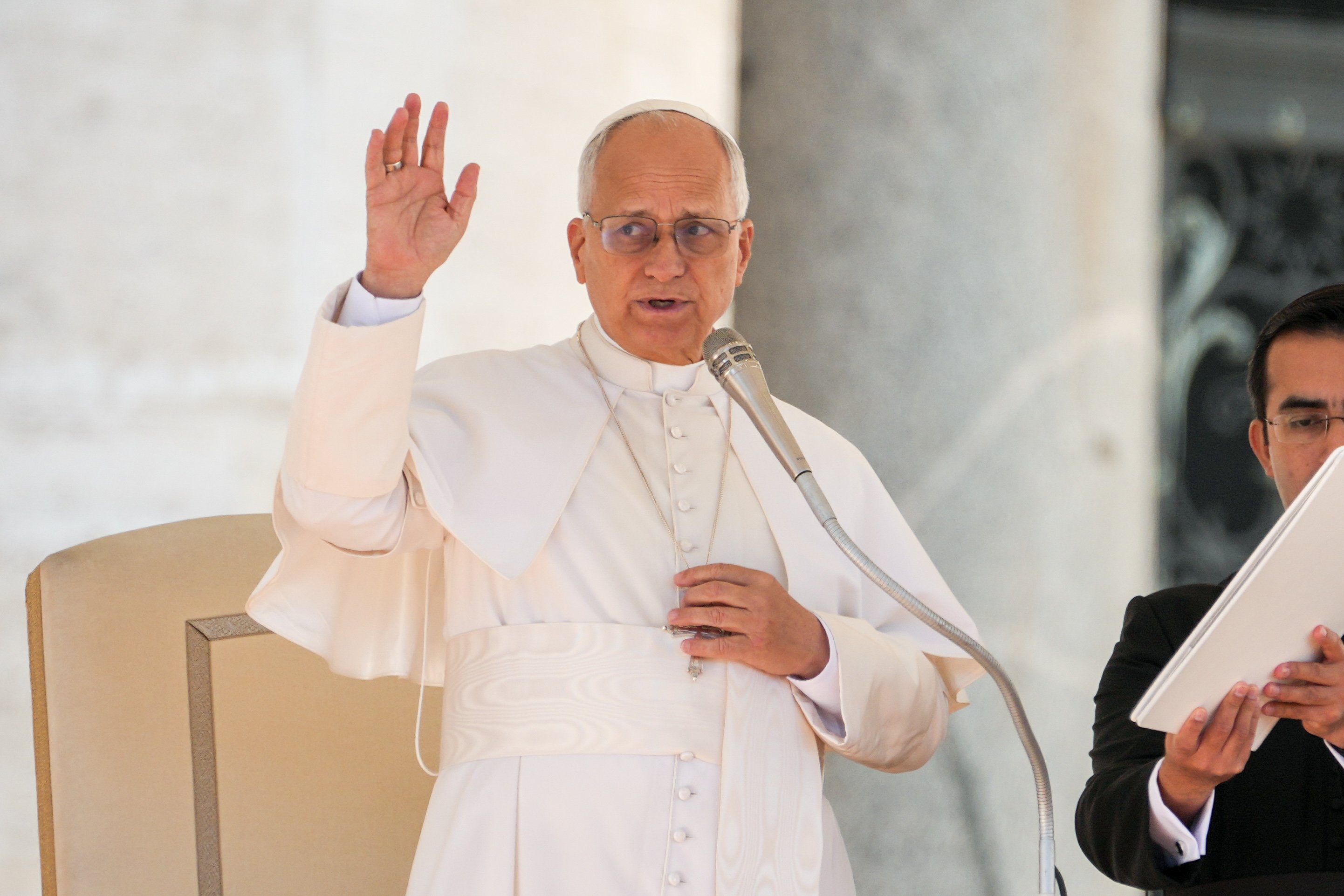April 6, 2018 at 1:53 p.m.
REFLECTION
Mary and Joseph, happily married
The depicted scene gently reminds us that, although marital arrangement by their respective families probably played a significant part in their pre-marriage history, Mary and Joseph had fallen deeply in love.
I think that our celebration of Mary being given a rich share of the divine life from the beginning of her existence means many things - including her enhanced ability to love and be loved, especially within the channel of the vocation to marriage that Mary had chosen under the guidance of God's Spirit.
Mary truly believed that whatever calls to service would unfold in the course of her life, they would be nurtured by her warm relationship with Joseph. He also probably knew how much her love fed his commitments to the wider community.
Being "full of grace" meant that Mary and Joseph took seriously the challenge facing all married couples: "How do we deepen our love for each other?" I imagine that may have involved some outreach to the poor of Nazareth who needed tables, cabinets or chairs without having the means to make full payment. Perhaps it involved fair distribution of limited land and trees for other carpenters in the area, where Mary's feisty personality could be very insistent that justice be done; or respect and welcome to gentile aliens who, even today, migrate to northern Israel for safety or employment.
These and probably many other outreach services both fed and depleted Mary and Joseph's time and affection for each other. That is why Mary and Joseph needed to discover the expressions of intimacy that were unique to them in their special circumstances.
I would think that affectionate touch and cuddling were as important to them as to most married couples, even serving to enhance their prayer with each other. Mary's being "full of grace" touched every dimension of her life, including the gift of her sexuality, which I am sure she respected and expressed within the reality of her sensitized conscience.
I wonder if our sole emphasis on words like "immaculate" and "virgin" almost every time Mary's name is mentioned really serve to endear her to her sons and daughters who wish to honor her. Statues of Mary often seem to reflect a removed rather than a touchable person.
That depiction does not connect well with me. I believe that Mary shines best through, not despite, her enhanced humanness.
(Father Smith is a sacramental minister for St. Francis of Assisi parish in Albany and St. Lucy/St. Bernadette in Altamont, and campus minister for Albany Law School and Albany College of Pharmacy.)[[In-content Ad]]
SOCIAL MEDIA
OSV NEWS
- Dig deep and work patiently to keep church on solid foundation, pope says
- Portland archbishop on ICE: Human dignity comes from God, not government
- Christian hope shows the earth can resemble heaven, pope says
- Washington Roundup: Election shifts; Venezuela vote; transgender passports, and more
- Novel highlights power of art and music as a salve to troubled humanity
- Supreme Court sides with Trump administration to temporarily block full funding for SNAP
- Former diocesan fundraising director indicted on wire fraud for alleged 6-figure theft
- Love is key to church’s mental health ministry, says bishop who lost family to suicide
- Caring for creation is part of peacemaking, pope tells COP30
- Security for Syria’s religious minorities is disastrous, say religious freedom advocates







Comments:
You must login to comment.